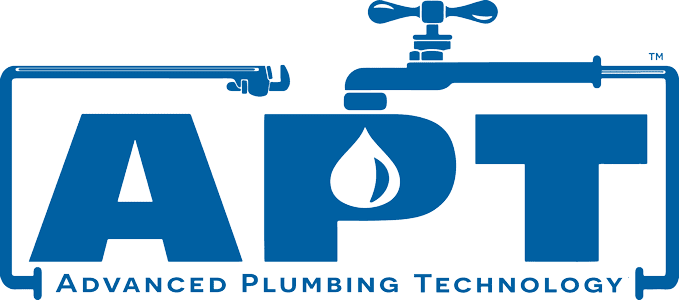Green Plumbing Practices: Eco-Friendly Solutions for Your Home
September 23rd, 2023Posted by Brian Shoemaker
Embracing Sustainable Plumbing for a Greener Future
In today’s rapidly evolving world, the importance of sustainable living has become more apparent than ever. As we strive to reduce our carbon footprint and preserve the environment, every aspect of our lives, including our homes, deserves careful consideration. One crucial yet often overlooked area is plumbing. Yes, plumbing – the very system that brings water and removes waste from our homes can also be revamped to contribute to a greener, more sustainable future. In this article, we delve into the realm of green plumbing practices, exploring innovative and eco-friendly solutions that can make a substantial difference in the long run.
Rethinking Water Usage: The Foundation of Eco-Friendly Plumbing
Conserving water is at the core of any eco-friendly plumbing strategy. Thankfully, there are various ways to achieve this without sacrificing convenience or comfort.
Low-Flow Fixtures: Traditional faucets, showerheads, and toilets can consume excessive water. By installing low-flow alternatives, you can significantly cut down water wastage without compromising water pressure. These fixtures are designed to maintain efficient water flow while using considerably less water.
Dual-Flush Toilets: Toilets are notorious for their high water consumption. Dual-flush toilets offer a simple solution – they have two flush options: one for liquid waste and another for solid waste. This flexibility allows for better water conservation based on the type of waste being disposed of.
Smart Water Monitoring: Embrace technology by integrating smart water monitoring systems into your plumbing. These systems provide real-time insights into your water usage, helping you identify leaks, inefficiencies, and areas where you can further reduce consumption.
Harnessing Renewable Energy: Energy-Efficient Water Heating
Heating water accounts for a significant portion of a household’s energy consumption. By adopting energy-efficient water heating methods, you can contribute to a more sustainable lifestyle.
Solar Water Heaters: Utilizing solar energy to heat your water is an environmentally friendly alternative to traditional water heaters. Solar panels collect energy from the sun, which is then used to heat the water in your home.
Tankless Water Heaters: Unlike conventional water heaters that constantly maintain a tank of hot water, tankless heaters heat water on demand. This not only saves energy but also frees up space in your home.
Heat Pump Water Heaters: These systems move heat from the air or ground to heat water, making them highly efficient. They consume less electricity compared to traditional electric water heaters.
Preventing and Managing Leaks: Reducing Water Waste
Water leaks can be incredibly wasteful and financially burdensome. Addressing leaks promptly and employing leak-prevention measures can make a substantial impact.
Regular Maintenance: Conduct routine checks on your plumbing system for leaks. This includes inspecting faucets, pipes, and appliances. Early detection can prevent water wastage and potential damage.
Leak Detection Devices: Install smart leak detection devices that can alert you to leaks in real-time. These devices often use sensors to monitor water flow and can send notifications to your smartphone if a leak is detected.
Efficient Irrigation: If you have a garden, consider installing a drip irrigation system. This delivers water directly to the roots of plants, minimizing water loss through evaporation and runoff.
Harvesting Rainwater: A Natural Resource at Your Doorstep
Rainwater harvesting is a centuries-old practice that has gained renewed attention for its sustainability benefits.
Rain Barrels: Placing rain barrels beneath downspouts allows you to collect and store rainwater. This harvested water can then be used for tasks like watering plants, flushing toilets, or even for laundry.
Greywater Systems: Greywater refers to relatively clean wastewater from sources like sinks, showers, and laundry. Installing a greywater system lets you recycle this water for non-potable purposes, further reducing the strain on freshwater resources.
Local Regulations: Before implementing rainwater harvesting or greywater systems, be sure to check local regulations and guidelines. Some areas might have restrictions or specific requirements for these systems.
Conclusion: Nurturing a Greener Home, One Drop at a Time
Embracing green plumbing practices isn’t just about reducing water bills; it’s about actively participating in the global effort to conserve resources and combat climate change. By making mindful choices in our plumbing systems, we can significantly minimize our environmental impact while enjoying the benefits of modern plumbing. From efficient water usage and energy-saving techniques to leak prevention and harnessing natural resources like rainwater, every step we take brings us closer to a more sustainable and eco-friendly future. So, let’s start within our homes, because even the smallest drop can create ripples of positive change.
